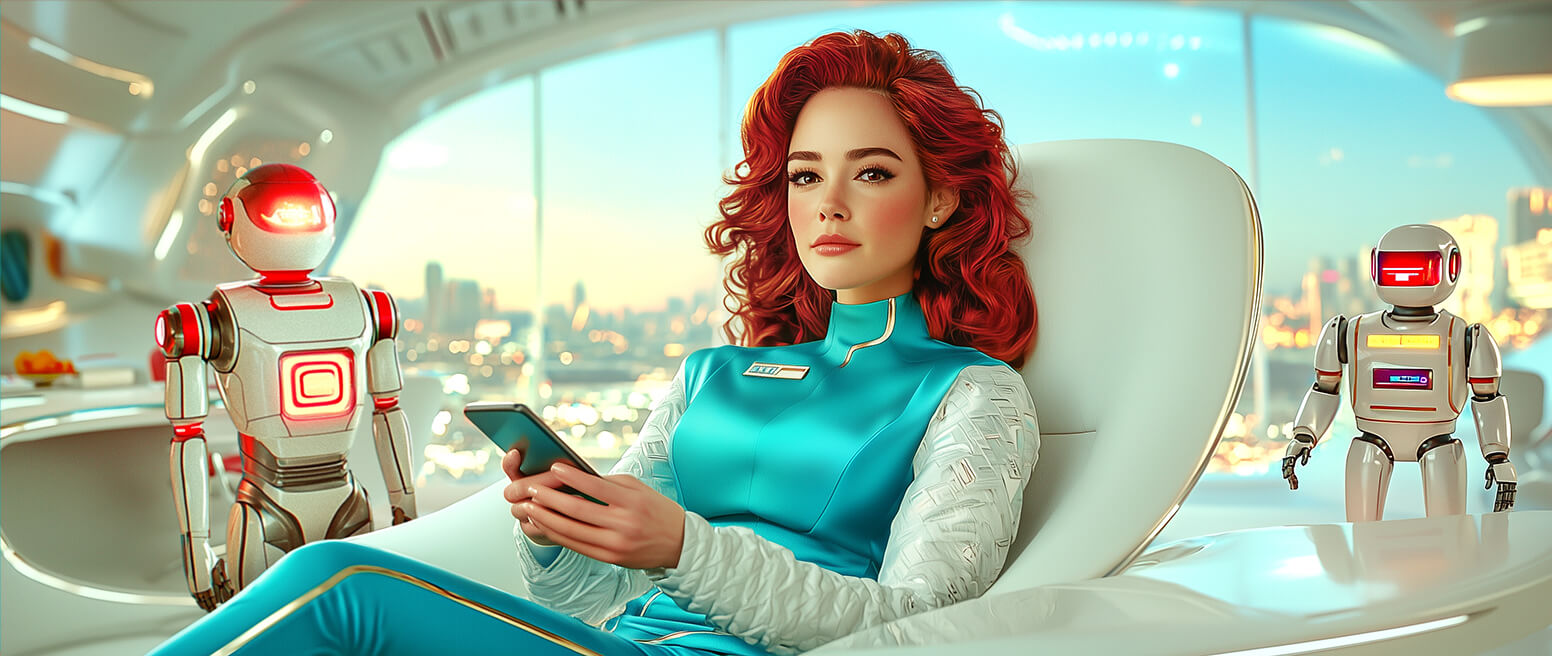Chargeback Processing Time Frames, Fees & Documents: The Merchant’s Guide
Chargeback processing is both complicated and confusing, even under the best of circumstances.
As a merchant, you’ve got to deal with strict deadlines, differing evidence requirements, and industry regulations that change on a regular basis. And, that doesn’t even count the various fees you’ll have to pay. Just keeping up with the rules can feel like a full-time job.
So, in this post, we’ll be taking a quick look at what you need to know about chargeback processing from a merchant standpoint. We’ll offer a little insight into how banks handle chargebacks, and explore ways to streamline your operation, reduce costs, and recover revenue.
Recommended reading
- How to Handle Chargebacks: 4 Easy Steps to Follow in 2025
- Revenue Recovery: Tips & Best Practices to Reclaim Money
- What’s an “Acceptable” Chargeback Rate? Why Does it Matter?
- Chargeback Automation | Better Dispute Management
- Chargeback Accounting: How it Works | Tips & Best Practices
- Chargeback Reduction Plan: a Guide to Develop Your Strategy
How Does Chargeback Processing Work?
The chargeback life cycle generally begins when the cardholder files a complaint about a transaction.
We say “generally,” because an issuer may also submit a bank chargeback if they detect an internal transaction problem, such as an authorization error. That doesn’t happen very often, and in fact, shouldn’t happen at all. Bank chargebacks are mostly the result of internal errors, which can be controlled by the merchant.
Having established that, let’s take a high-level look at chargeback processing, starting with the dispute:
Dispute Stage
Step #1 | Customer Dispute Initiation
The cardholder kicks things off by contacting their bank to dispute a transaction. This dispute might stem from an unrecognized charge, an unreceived or defective product or service, or an incorrect charge.
Step #2 | Dispute Review by the Bank
Once the dispute is filed, the bank examines the claim by checking the transaction details, customer account history, and anything else they feel is relevant.
Step #3 | Request Information From Cardholder
The bank may ask the cardholder for additional evidence to support the claim. Typically that could include things like receipts or proof of communication with the merchant.
Step #4 | Request Information From Merchant
If the bank thinks the claim is bogus, they’ll block the dispute right there. If they find it plausible, they may reach out to you for more details or additional documentation.
Step #5 | Bank Makes Decision
After reviewing available evidence, the bank makes a decision. If the bank sides with the customer, the transaction amount is taken from your account and refunded to the customer. You get hit with a chargeback, which includes a fee.
Step #6 | Merchant Representment
Let’s say you think the bank made a bad call. You have the right to try representment, which means submitting the transaction a second time (literally “re-presenting” the charge), along with additional evidence showing that the transaction was valid.
Step #7 | Bank’s Final Decision
The bank checks the new evidence. If they decide in your favor, the chargeback is reversed, and you get your money back. If the decision still favors the customer, the chargeback stands.
If there's still a dispute after the final decision, either you or the cardholder may ask for arbitration. In those cases, the card network (like Visa or Mastercard) more or less becomes the “supreme court.” They'll make a final decision based on the network's rules and policies, and that decision is final.
Throughout this process, you’ll need to focus on two things: communication and evidence. You’ll have the chance to present your side of the story, but so will your customer. Success will largely be based on how well — and how clearly — you state your case.
Chargeback Processing Time Frames: Cardholder & Issuer
The time frames for chargeback processing vary depending on the card network. Take Visa, for example; they publish updated rulesets multiple times per year outlining current chargeback rules, timeframes, etc.
Chargeback processing is governed by deadlines. Details will very, but both cardholders and their issuing banks typically adhere to similar general time frames:
Cardholder Time Frame
A cardholder typically has a limited window in which to dispute a transaction. This can range from 60 to 120 days from the date of the transaction or from when they expect to receive the goods or services. The exact time frame depends on the card issuer's policies and the reason for the chargeback.
If the issuer requests additional information or documentation from the cardholder to support their dispute, the cardholder usually has a specific time frame to respond. This can be around 30 days.
Issuer Time Frame
Once a dispute is received, the issuer is responsible for reviewing the claim and deciding whether to proceed with a chargeback. This process can take a few days to a few weeks, depending on the complexity of the dispute and the issuer's procedures.
If the issuer decides to file a chargeback, they must do so within a specific time frame set by the card network. This is typically within 30 to 45 days of the dispute being made by the cardholder.
After receiving a response from the merchant, the issuer has a set time window to review the evidence and make a final decision on the claim. It’s usually 30 to 60 days, but again, that’s just an average. You’ll need to talk to your bank or processor to make sure you have the right details.

Chargeback Processing Time Frames: Acquirer & Merchant
For merchants and acquirers (the financial institution where you have your merchant account), the chargeback process is broken into phases. Not surprisingly, the merchant’s time frame for response can also vary widely based on the card network and other factors. As a rule, merchants will often have 20 days to respond to each phase, but it can go as high as 45 days in some cases.
If you decide to contest the chargeback, you’ll need to gather and submit as much evidence as you can to support your case. This can include proof of delivery, transaction records, communication with the customer, and any other relevant documentation.
Realistically, the merchant’s response window could be much smaller than it seems. Acquirers and processors may impose their own deadlines to give themselves more time. In many cases, merchants really only have 5-10 days in which to respond to a chargeback.
As we mentioned earlier, timelines are critical. Missing even one can result in the chargeback being upheld without further review.
Considering how important the time frames for chargeback processing are, it’s a bit surprising that there are no consistent, standardized time frames that apply across the board. It would make things easier, but it’s simply not the case.
Chargeback Processing Fees
You can choose to respond to a chargeback, and you might even win a reversal. Unfortunately, even a successful representment will still leave you responsible for chargeback processing fees.
The final amount of a chargeback fee will depend on the circumstances of the claim. The acquiring bank has a voice in determining the amount; so does the processor. The type of goods or services offered can also affect the price tag.
On average, a single chargeback fee is typically around $20. For merchants labeled “high risk,” it will almost always be more. For example, if you’re at the “Excessive” tier of the Visa Dispute Monitoring Program, you’ll pay at least $50 for every dispute.
That also doesn’t take into account any extra fees that your acquirer or processor might tack on to cover their costs. To make matters worse, chargeback processing fees are not refundable. You’re stuck with them, no matter what.
What Documentation Do I Need to Process a Chargeback Response?
Let’s say you’re looking to fight a chargeback through representment. The issuing bank needs strong evidence to create a reasonable doubt about the consumer’s case. The stronger the evidence, obviously, the better the odds that the bank will reverse the chargeback.
The foundation of your case is what’s called compelling evidence. The specific documents you’ll need will be based on the reason code attached to the chargeback. Common examples of compelling evidence include:
- Delivery confirmation receipts
- Tracking information
- Signed orders or contracts
- Sales receipts
- Transcripts of any communications you have with the buyer
- Photographs of the cardholder with the product
These are just a few examples, and not all will apply to every claim. You’ll need to tailor the evidence you include to the specifics of the cardholder’s claim. This is true even if the reason code does not apply to the actual issue (which is often the case, due to the threat posed by first-party fraud).
You also need to include a chargeback rebuttal letter to go along with your evidence. This is a succinct summary of your case, explaining your evidence and why it invalidates the cardholder’s claim. In some instances, you may also need to include a Chargeback Adjustment Reversal Request. Check out our complete chargeback response guide for more information on these documents
Streamlining Chargeback Management
Chargeback processing can be confusing, if for no other reason than the fact that nothing is standard: every deadline, cost, or requirement can vary by bank, claim, card network, and more.
That said, there are opportunities to reduce costs and recover revenue. The trick is to streamline your processing.
Many reversible chargebacks might go unchallenged because one party or another couldn’t meet the time limits. In other cases, you might lose a representment because you couldn’t identify the most compelling evidence. A streamlined chargeback processing approach could address both of these issues through organization and best practices.
You need to implement chargeback prevention tools, keep up-to-date on all rules and regulations, and be able to retrieve and submit evidence at a moment’s notice. Creating a detailed, organized, and secure chargeback management system for challenging claims is the best thing one can do to help prepare for disputes.
That sounds like a lot of work… and it actually is.
Fortunately, Chargebacks911® has a wealth of experience-based knowledge and expertise in providing cost-effective risk mitigation and revenue recovery strategies. Our experts can help you understand chargeback processing and what it takes to save your bottom line. Contact us today to learn more.
FAQs
How long can a chargeback process last?
The chargeback process typically takes between six to eight weeks to complete, but it can extend up to several months, depending on the complexity of the dispute and the specific policies of the card network and financial institutions involved.
What is a chargeback processing fee?
A chargeback processing fee is a charge levied by payment processors or banks on merchants to cover the administrative costs associated with handling a chargeback dispute. This fee typically ranges from $20 to $100 per chargeback and varies based on factors like the merchant's risk profile and the transaction type.
Do banks really investigate chargebacks?
Yes, banks do investigate chargebacks by reviewing the evidence provided by both the customer and the merchant to determine the validity of the disputed transaction. The depth of the investigation varies depending on the case's complexity and the issuing bank's policies.
Who pays for chargebacks?
The merchant typically bears the financial responsibility for a chargeback, as the disputed transaction amount and a chargeback processing fee are reversed from the merchant's account. If the merchant successfully contests the chargeback, these funds may be returned to their account.















